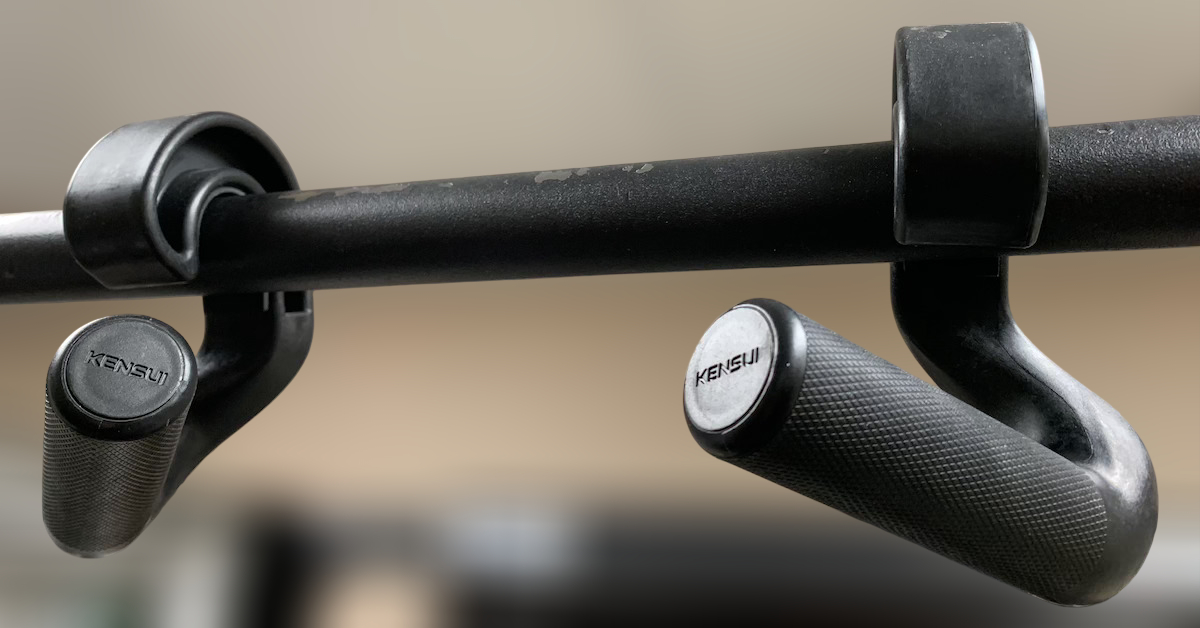The Truth About Fruit: Fructose, Fat Loss, and Seasonal Eating
JP: You once sent me a flowchart detailing the metabolic pathway of fructose. While fruits are praised for their antioxidants and fiber, why do they often hinder fat loss? And why is it important to eat fruits in season?
Dr. S: Don’t get me wrong—fruit isn’t bad. The problem is excessive fructose consumption, particularly from high-fructose corn syrup, the most commonly used sweetener today. The metabolic pathway of fructose is highly oxidative and energy-demanding. When your body struggles to convert it to glucose or glycogen, it often ends up as glycosylated proteins, which is not ideal for health.
Fruits don’t necessarily make you fat, but how people eat them does. Most people reach for “easy fruits”—grapes by the handful or multiple bananas a day—without realizing they’re overloading on sugar. Another common mistake is eating fruit without protein.
Fruits are excellent post-workout because they digest slowly and replenish glycogen, but always pair them with protein. Also, I’m not a fan of juicers—removing the fiber from fruit makes it far less beneficial.
Why eat fruit in season? Simple—because nature intended it that way.
- Most fruits, like strawberries, cherries, and melons, are naturally available in summer.
- Apples? Best eaten in the fall when they’re harvested.
- Yet, in the middle of winter, what’s the most consumed fruit? Bananas! That’s not how our bodies were designed to eat.
Rethinking the Food Pyramid: What Should You Really Be Eating?
JP: You’ve criticized the original food pyramid and even the revised version. Can you share your ideal model?
Dr. S: Absolutely. My food pyramid would look very different:
- Water – The foundation. You can survive only three days without it. What’s more essential than that?
- Protein – Preferably organic, as quality matters.
- Vegetables – All except white potatoes (sweet potatoes are fine) and corn (which is actually a grain).
- Fruits & Nuts – These belong together in terms of value.
- Cheese – Since most cheeses aren’t fermented, they should be limited.
- Carbohydrates – The best sources are rice and oatmeal.
A key disclaimer:
“Carbohydrates are activity-dependent.”
- If you’re sedentary, you shouldn’t be eating grains or consuming carbs regularly.
- If you’re active, carbs can be beneficial.
The Power of Healthy Fats: Fish Oil, Olive Oil & EFAs
JP: You’re a strong advocate for fish oil and olive oil. What makes these fats so important? And what sets your Alpha Omega M3 apart from other EFA supplements?
Dr. S: Higher monounsaturated fat intake (like that from olive oil) increases testosterone while lowering cortisol. Fish oil, on the other hand, reduces both the size and number of fat cells.
My Alpha Omega M3 stands out because:
- It contains a small amount of ALA but prioritizes olive oil, fish oil, CLA, and GLA in precise ratios.
- Other EFAs, like MD+ EFA+, are decent but lack olive oil, which I believe is crucial.
Mercury Toxicity: Is Fish Still Safe to Eat?
JP: With growing concerns over mercury levels, is it still safe to eat fish?
Dr. S: You have to be careful. I had a guy eating three cans of tuna a day. He increased it to five, and his mercury levels shot from 5.2 to 47.4—toxic levels!
Some fish to limit or avoid due to mercury:
- Tuna, shark, and dolphin (high risk)
Better choices:
- Salmon, herring, and crab (lower risk)
Flaxseed Oil vs. Fish Oil: Does Age Matter?
JP: You’ve mentioned that after age 35, the enzyme that converts ALA (from flaxseed oil) into DHA and EPA declines. Does that mean flaxseed oil is useless after 35? And for those under 35, how much should they take?
Dr. S: Flaxseed oil is high in polyunsaturated fats, which are unstable and easily oxidized. The enzyme that converts ALA to EPA/DHA does decline with age, but it’s not completely absent.
Here’s a major red flag:
- A study on breastfeeding women showed that consuming just 3 teaspoons of flaxseed oil completely eliminated EPA and DHA from their breast milk.
- When they switched to fish oil, both EPA and DHA were restored.
That tells you all you need to know! The conversion rate from ALA to EPA/DHA is only 15%. Instead of flaxseed oil, just take fish oil.
Factors that further impair this conversion:
- Caffeine (especially in fat burners and pre-workouts)
- High insulin levels (caused by excessive carb intake)
- Alcohol (one of the biggest culprits)
- Low magnesium levels
Final Thoughts
JP: Dr. Serrano, as always, this has been an incredible learning experience. Thank you for taking the time to share your insights.

Upgrade Your Pull-Ups with Swissies-SP Handles
Pull-ups are one of the best exercises for building back and arm strength—but not all pull-up bars are created equal.

No Time to Walk After a Meal? Do This Instead!
By now, most people know that getting in daily steps is essential for overall health. In particular, taking a short

Stay Fit on the Fly: No-Excuse Workouts for Travelers
One of the biggest challenges people face when traveling is maintaining their exercise routine. The two most common excuses? Lack
follow
Error: No feed with the ID 2 found.
Please go to the Instagram Feed settings page to create a feed.
